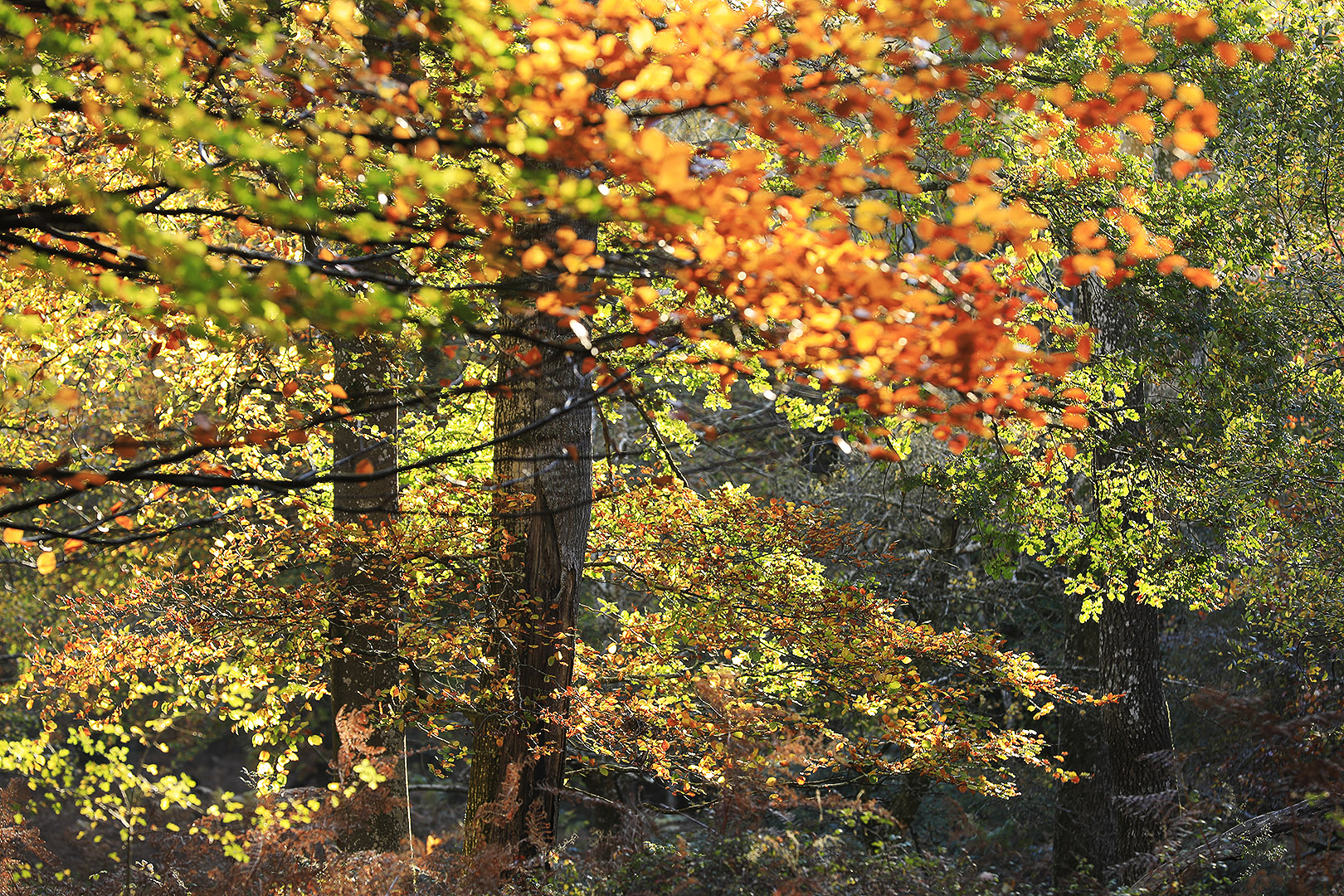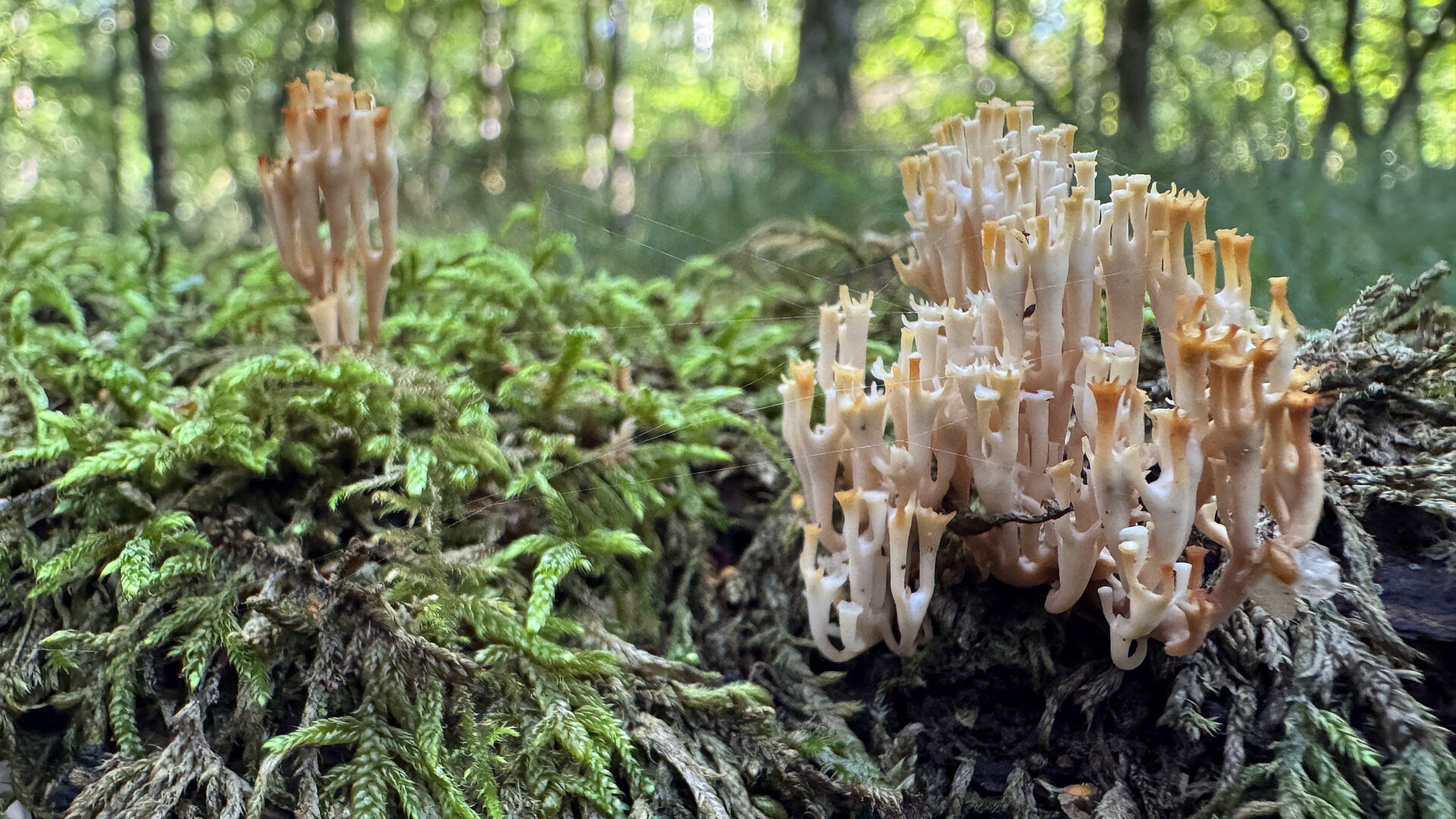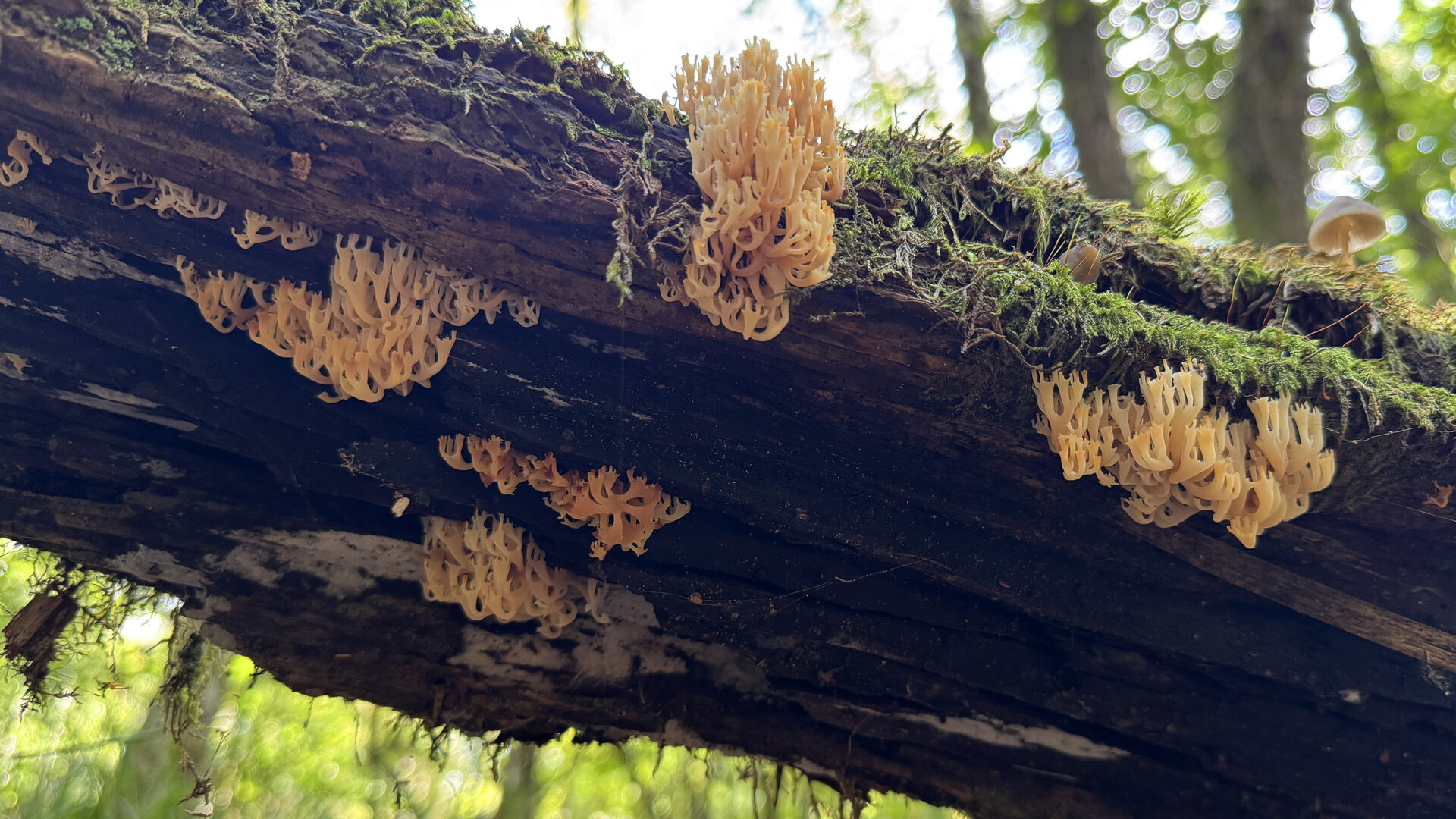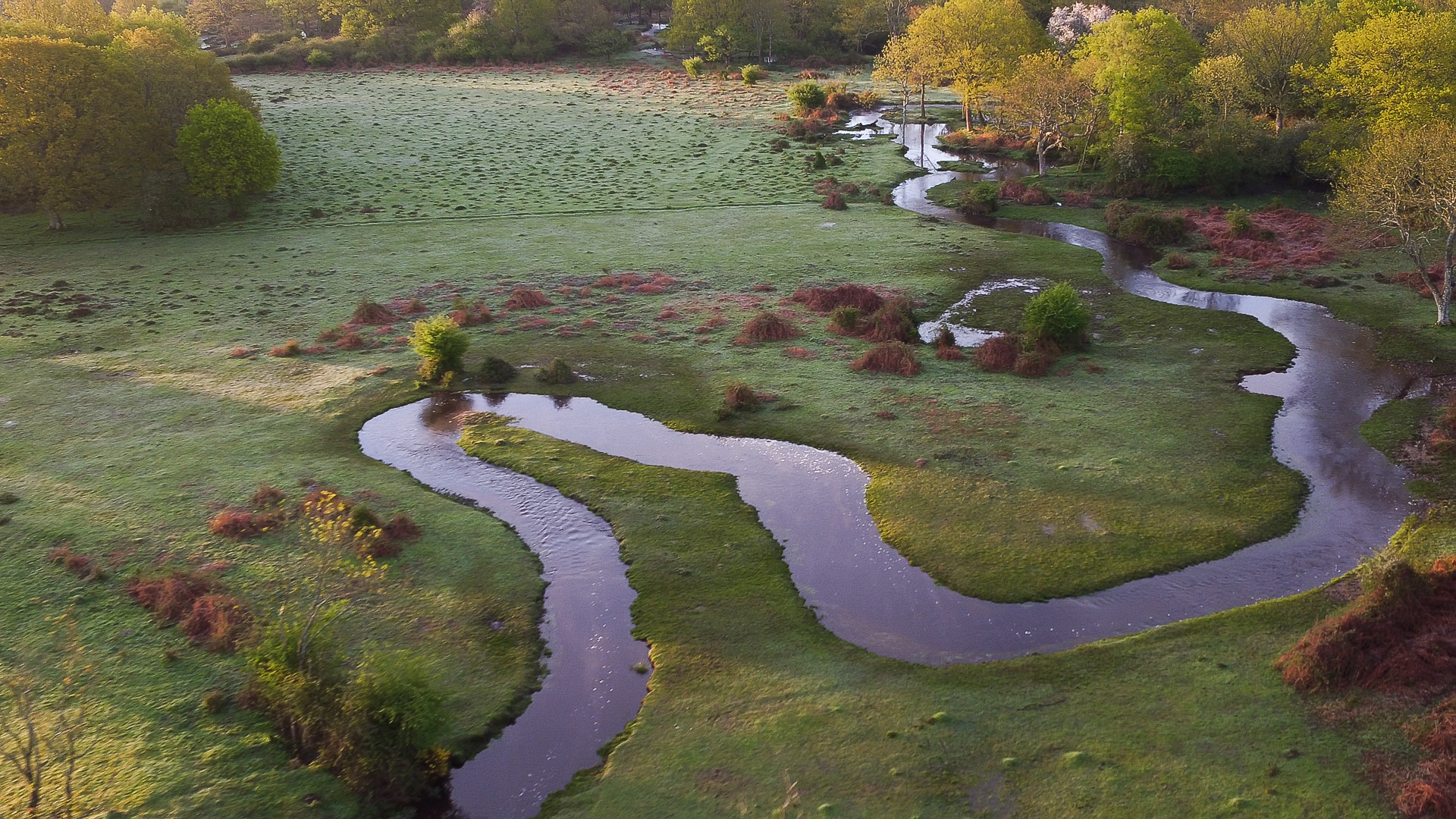
LookWild: Rare fungus arrives in the New Forest for the first time
-
Date posted: 25/11/2025
-
Time to read: 4 mins
The New Forest National Park is one of Britain’s most important strongholds for rare and endangered fungi – and a rare species once thought extinct in the UK has just been found in this ancient landscape for the first time.
The New Forest is home to an estimated 2,700 species of fungi, making it one of Britain’s richest areas for fungal diversity – it contains about a quarter of the UK total of around 12,000 species.
It also serves as a stronghold for many rare and endangered fungi. Some species are even still being discovered that are new to science, highlighting that even in southern England there remain ‘unmapped’ areas of natural knowledge still to be fully explored.
Now, this ancient landscape – with its intermingled mosaic of woodland, heathland, marshland and coastline – appears to have become even more significant as a haven for fungi. This autumn, a nationally rare fungus has been recorded in several parts of the Forest for the first time.
A remarkable discovery
The elegant Candelabra Coral – Artomyces pyxidatus – is notable for its distinctive appearance thanks to its crown-tipped creamy white branches resembling a candelabra.

Candelabra Coral is typically found on decaying deadwood, such as rotting beech and silver birch logs, and thrives in moist woodland environments.
The fungus, which can grow up to 10cm high, was thought to be extinct in the UK, with no records during the 20th century.
However, it was rediscovered in Suffolk in 2012, and in the last five years it has been recorded in at least 10 English counties.
One of the discoveries of the fungus in the New Forest this autumn was made by Professor Russell Wynn, Director of Wild New Forest, at a site that is part of the Species Survival Fund (SSF) project, which is led by the New Forest National Park Authority.

“The sudden arrival of the Candelabra Coral this autumn is remarkable,” he said.
“We are already aware of at least six sites where it has been found in recent weeks. Given it is a relatively distinctive and identifiable species, it is unlikely that it would have been overlooked in the past.
“The arrival in the New Forest also parallels similar first appearances elsewhere in southern England, although the exact drivers are unclear.”
Boosting nature in the New Forest
SSF is a collaborative project involving five partner organisations working to protect and expand habitats from the Forest’s inner core to its outer edges and beyond, restoring land equivalent to 350 football pitches for nature.
The £1.3million scheme has seen wildflower meadows planted, ponds created, and heathlands and woodlands restored to allow a whole variety of species to thrive.
Wild New Forest has been carrying out wildlife surveys to generate a biodiversity baseline and identify priority species at different sites before work took place.

Russ said: “The New Forest National Park is a national biodiversity hotspot with an estimated 20,000 species of animal, plant and fungus. Fungi are an important part of the ecosystem, so we ask people to look but don’t pick and leave fungi for wildlife and other people to enjoy.”
Wild New Forest is one of the five partner organisations working on the conservation project alongside Amphibian and Reptile Conservation, Freshwater Habitats Trust, Hampshire and Isle of Wight Wildlife Trust, and New Forest Commoners’ Defence Association.
The project is funded by the Government’s Species Survival Fund. The fund was developed by Defra and its Arm’s-Length Bodies. It is being delivered by The National Lottery Heritage Fund in partnership with Natural England and the Environment Agency.

